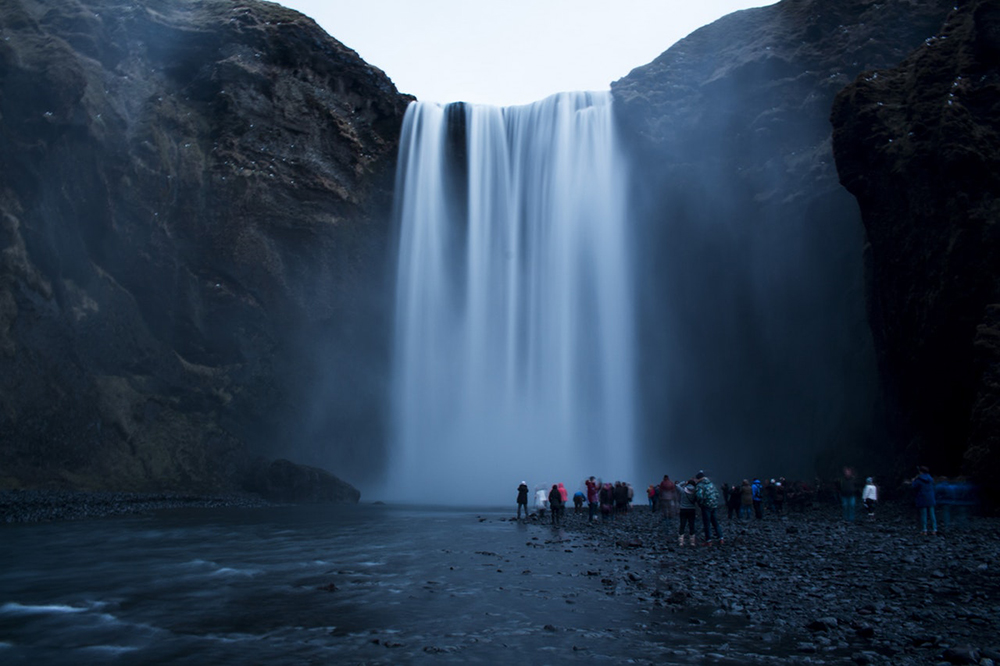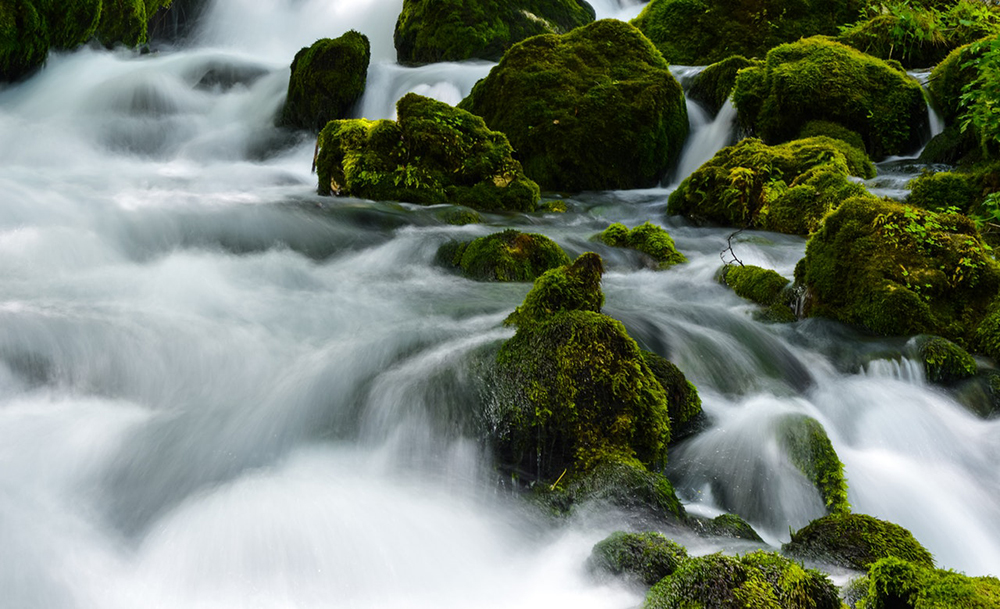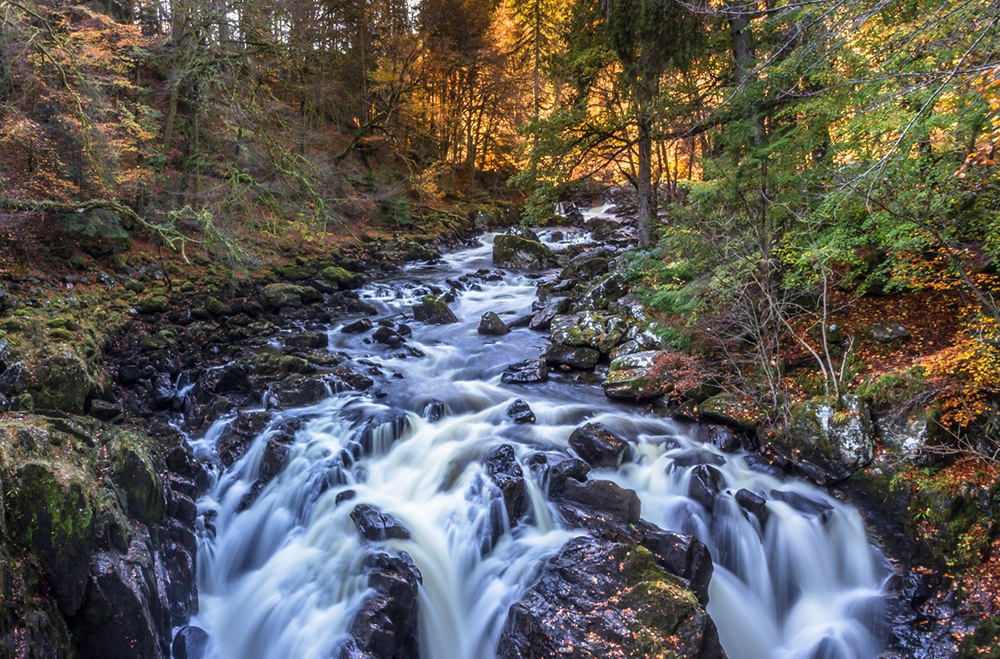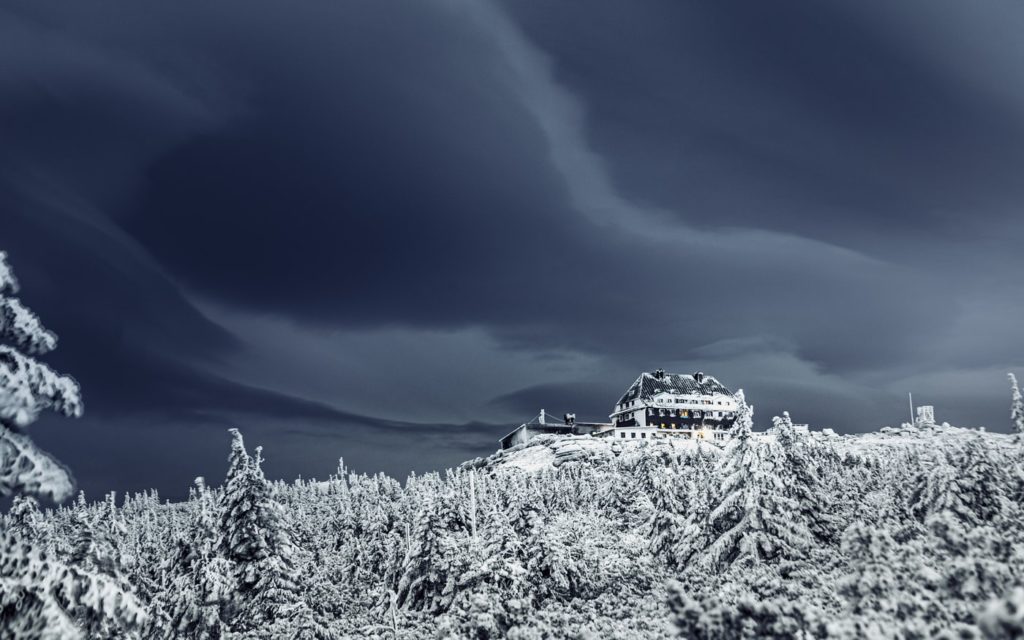Have you ever wondered how to get that magical, dreamy, mist-like effect in your images when shooting any flowing water features like a waterfall or a river through a forest, or maybe a rough ocean?
It is no great secret and all you need is a camera that can shoot in manual mode and a tripod. The tripod keeps everything in the frame still with the moving element (water) alone blurred.
The misty water effect comes under the genre “Long exposure photography” and it lets the photographer get highly creative during the long exposure to create some magic. The longer you expose, the more movements you record.
Remember, what you get on the screen is the blur due to the movement of water.

Note: Faster shutter speed freezes motion whereas slower shutter speed blurs motion
Here Are Some Tips To Get The Misty Water Effect:
Gear:
- You will need a camera that can shoot manual along with a lens of your choice
- A tripod for longer shutter speed/exposure
- A shutter release or use the in-camera timer
- Neutral density filters (optional if the light is too bright which means if you’re shooting at midday)
Note: There are also apps for smartphones that can slow down the shutter in order for you to capture the movement of water. So do not be worried if you are only shooting using a smartphone. Just use a tripod for stabilisation.

Camera Settings:
You need to limit the light entering the sensor in order to have the exposure longer. In order to achieve that, use the following settings, but do not limit yourself to these.
A good understanding of the “Exposure Triangle” will help you get the best results
- Close down the aperture to a smaller one; something between f/16 and f/22. This helps to slow down the shutter and get the scene in focus (which is a requirement for great landscapes).
- Choose manual focus and set the focus point about one third into the scene to have the whole scene in focus.
- Turn off image stabilisation and if using a DSLR, using the mirror lockup facility will help reduce blur due to camera shake.
- Use the lowest ISO possible as this helps reduce noise and enables longer shutter speed.
- Use the camera’s light meter to set the shutter speed, to start with, if you are confused.
- Your shutter speed needs to be at least 1/2 of a second. So depending on the available light, take a test shot or two starting with 1/2s and gradually increase to 1s or 2s.
- Check the image to see if you have the desired effect and that the image is not overexposed.
- If you’re not happy, you will have to make use of neutral density filters as they reduce the amount of light reaching the sensor. A 1 stop or 2 stop filter is more than enough.

Shooting The Scene:
- Find a waterfall or a stream that you wish to photograph.
- Compose the scene as you would with any other landscape image giving room for water to move within the frame.
- Try different perspectives and shoot a few different angles.
- Don't forget about the light as it can add drama and magic to the scene.
- Walk around the area to find the best composition and lighting
Do not hesitate to do test shots and experiment with the settings till you get what you need. To be honest, a bit of trial and error helps!
Remember, each scene is different and will require different settings.
Practice…Practice…Practice… as this is very important to master the art of long exposure photography!
If you are interested in more on long exposure, take a look at The Complete Guide To Long Exposure Photography over at Photzy





7 Comments
great article!
Thank you Adam 🙂
Your article showed me what I was doing wrong because I never could get a real satisfactory photo of moving water.
Thank You
Glad it was helpful Robert 🙂
Just remember to watch the contrast. It’s so easy to blow out the highlights doing long exposure.
Thank you for the tip Greg 🙂
It’s never too late to refresh ourselves on the basics. Thanks!